Malaysian Roots and The Indian Connection
In very recent times, the starting date for the study of Malaysian history in the schools has been conveniently fixed around 1400 C.E. It coincides with the founding of the sultanate of Melaka by Parameswara and also with the coming of Islam to the Malay Archipelago. Today Malaysian school children only learn about the early Proto Malays and then are conveniently taken on a historical quantum leap to the founding of Melaka.
Early Indian works speak of a fantastically wealthy place called Savarnadvipa, which meant “land of gold”. This mystical place was said to lie far away and legend holds that this was probably the most valid reason why the first Indians ventured across the Bay of Bengal and arrived in Kedah around 100 B.C. Apart from trade, the early Indians brought a pervasive culture with Hinduism and Buddhism sweeping through the Indo Chinese and Malay archipelago lands bringing temples and Indian cultural traditions. The local chiefs began to refer to themselves as “rajahs” and also integrated what they considered the best of Indian governmental traditions with the existing structure.
I myself have learnt Malayan history in the 1950’s and have taught it in the 1960’s and 1970’s in the secondary schools. All the history textbooks of the time had the early Indian connection specifically mentioned in them. Teachers of that period taught about the early Indianized kingdoms of Langkasuka, Sri Vijaya and Majapahit that existed from as early as 100 C.E. Can’t anyone see that Parameswara, the founder of Melaka, has a clearly give-away name that points to the Indian/Hindu influence in no uncertain terms? No one can deny this and all our children need to know about this. They have the fundamental right to learn about this aspect of our history too. Why don’t our children learn about these early Indian connections today? This is my question? It needs mention here that this early Indian connection has nothing to do with the much later cheap Indian “coolie” labor influx that the British brought over to man the railways, civil service and plantations of Malaya in the late 19th century.
The Malay language as we know it today is already fully impregnated and enriched with many foreign words. This is good. Malay, therefore, has been a bahasa rojak from early times itself. Rojak itself ( and also cendul) is a Malaysian food developed by an Indian Malayalee Muslim community known among the early Malays as the Malabaris who hailed from Kerala. They were also referred to as kakas by South Indians in Malaysia. We now wrongly credit the Penang mamaks for this great food. The only other “bahasa rojak” that can beat the Malay language in the matter of foreign word assimilation is the English language because is has “polluted” itself with words from just about every civilization that exists or existed in this world.
The very word “Melayu” itself is of Indian origin from the words “Malai Ur” which means land of mountains in Tamil. Singapur, Nagapur and Indrapur are very common Indian names that have similar backgrounds. The early Indians were probably inspired by the Malay Peninsula’s main mountain range that looks like a backbone for the peninsula and thus named it Malaiur. The word “malai”is undoubtedly Indian in origin as is the case with the word Himalayas and we all know where it is situated. The English word “Malaya” is a corruption of the word by the British who are reputed for mispronouncing and changing the names of indigenous places worldwide to suit their tongue. The Malay word “Melayu” with the missing “ r ” is closer to the original name “ Malaiur”.
To my knowledge, the hundreds of Malay words of Indian origin have not been catalogued by anyone. Even if such an effort has been made it is definitely not widely known or ever published. In any case, no one even seems to talk about it. Many Malay words from describing the Malay royalty (Raja, Putera, Puteri, Maha, Mulia, Seri etc) and common everyday terms (bakti, suami, cuma, dunia, bumi, jendela, serpu, kerana) all have the Indian connection. The undeniable Indian connection in the word Indonesia is also reflected in the name itself.
The Indian factor that influences even the prevailing Malay culture in terms of music, food, dress and certain other everyday practices like betel chewing and bersanding is another thing over which a loud hush prevails. Why? Why? Why? I do not know. Such knowledge of the roots of this great country, be they Indian, Chinese, Arab or whatever can indeed very strongly facilitate the ongoing efforts of the government to make our children think of themselves as Bangsa Malaysia more easily and more readily.
Written by: Johami Abdullah @ Joe Chelliah D.N.S., A.N.S., P.J.K.
19.10.04
Monday, January 15, 2007
Subscribe to:
Post Comments (Atom)



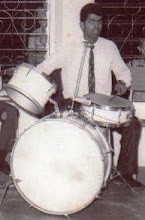




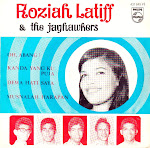





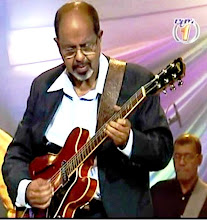


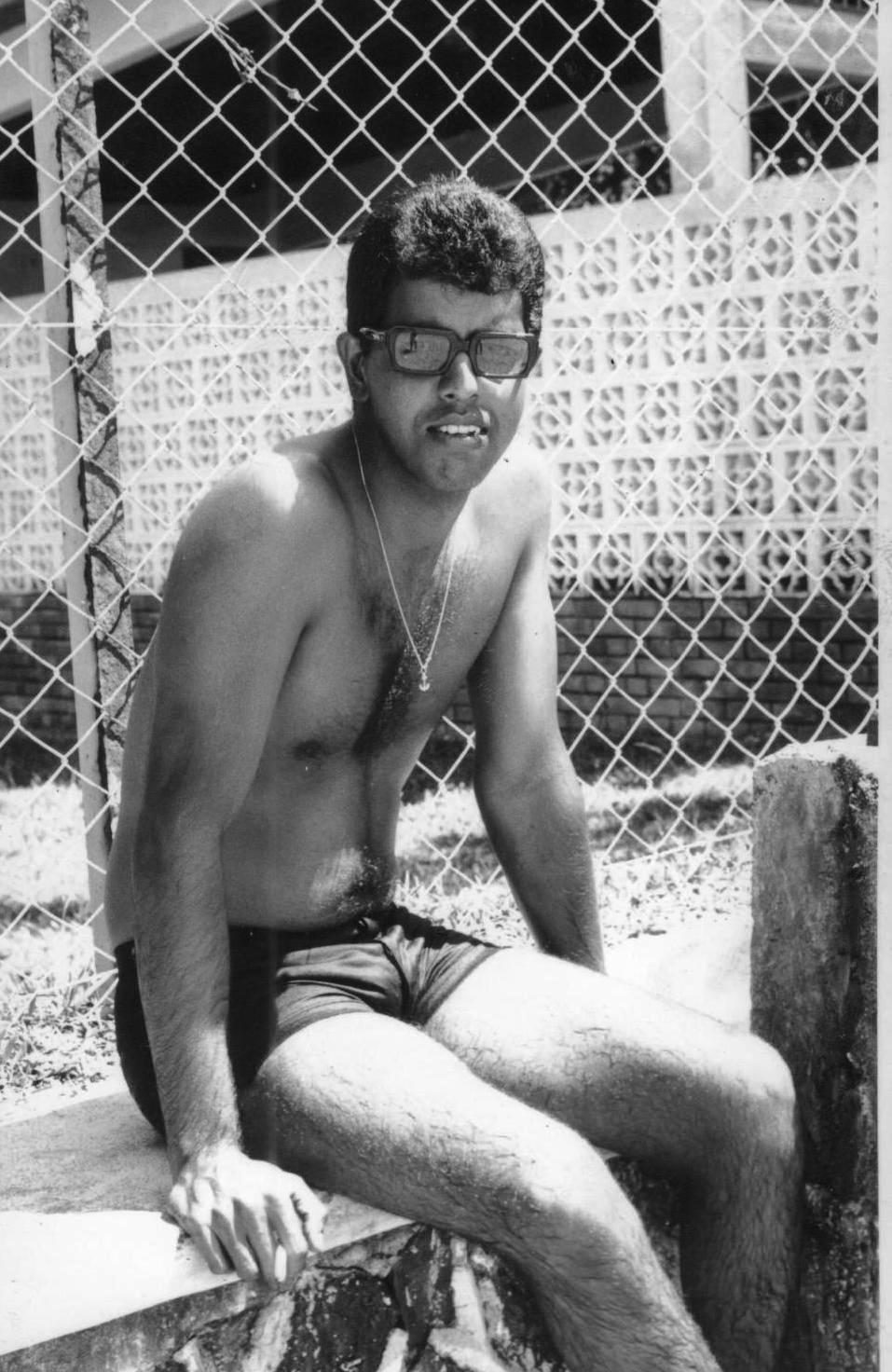
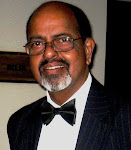


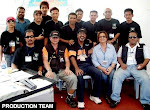
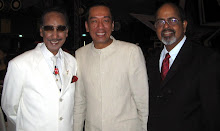

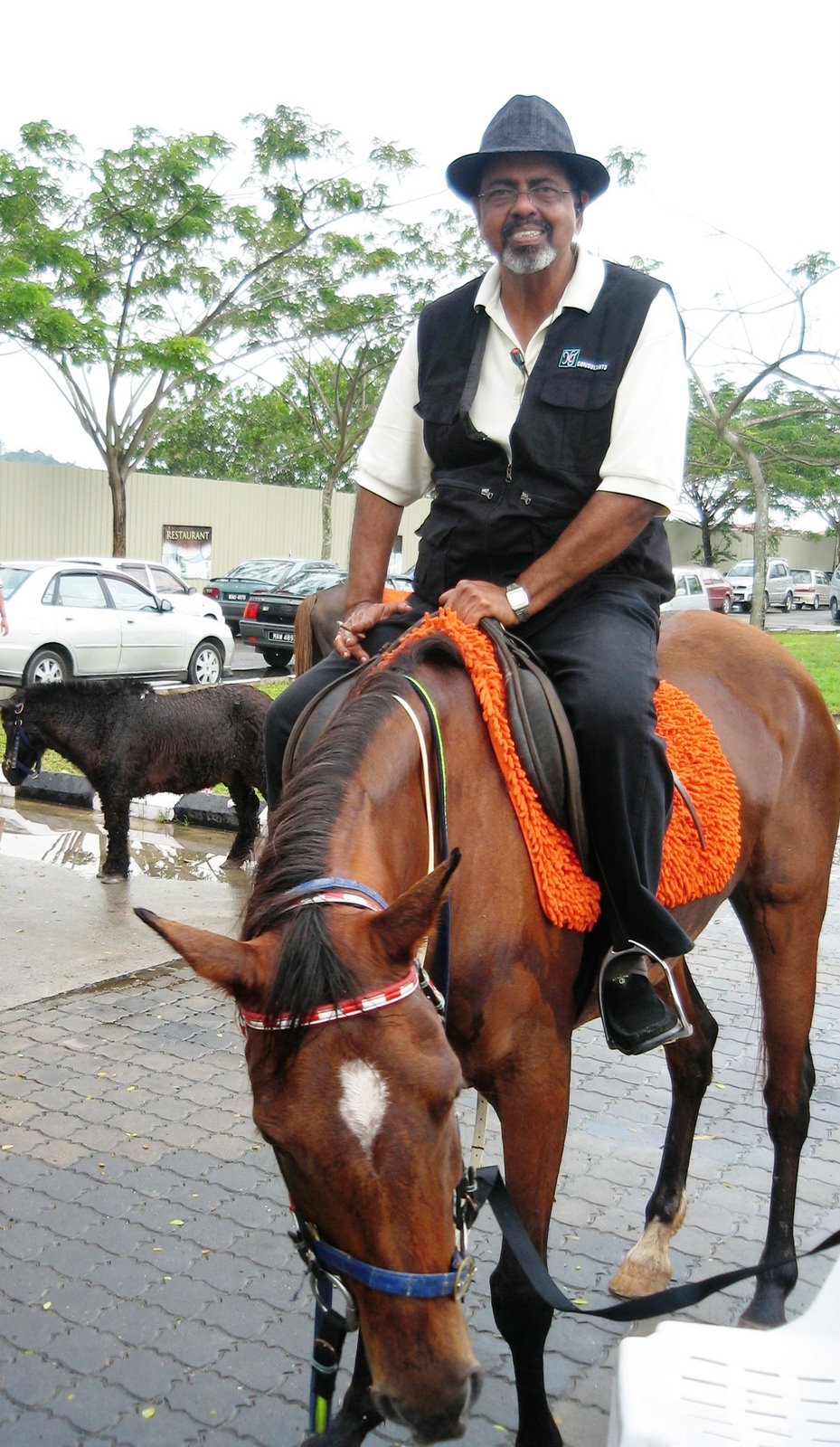













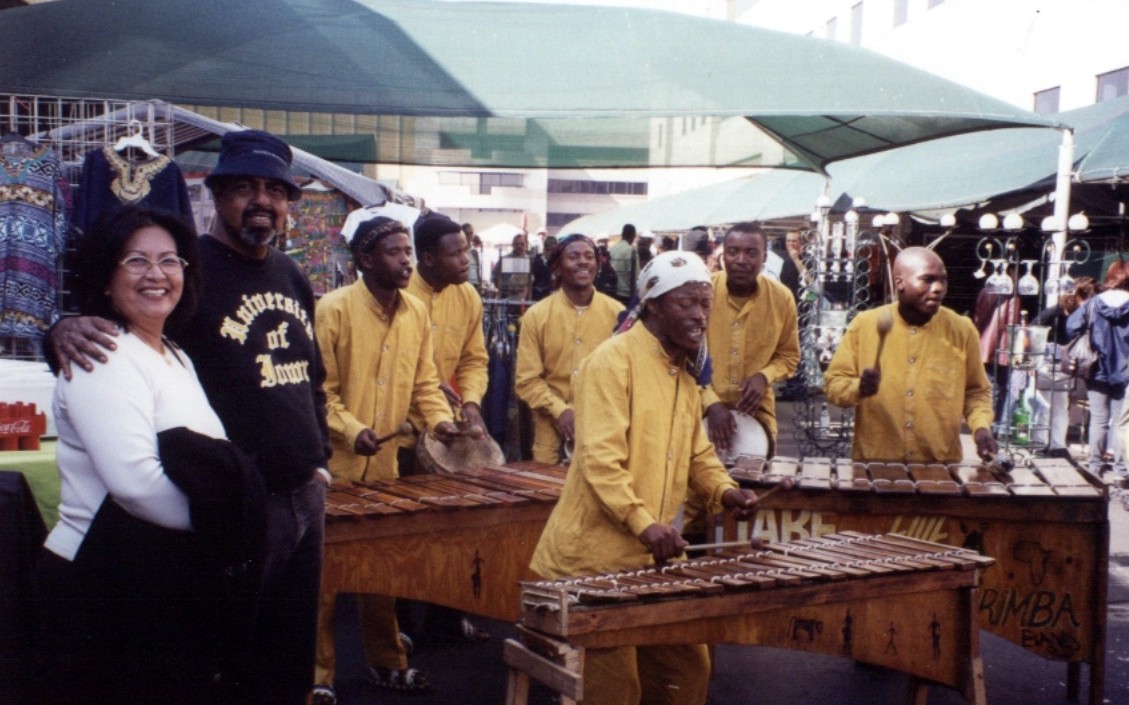

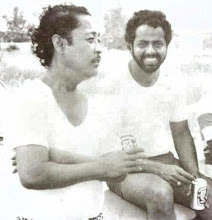
No comments:
Post a Comment